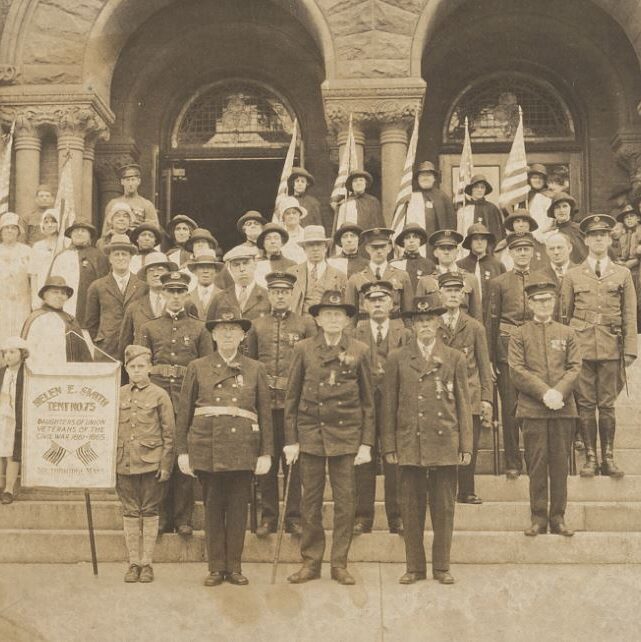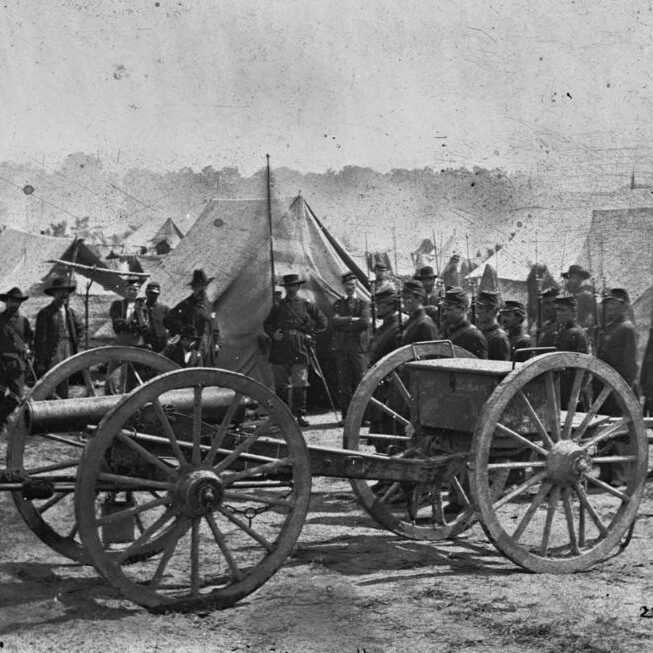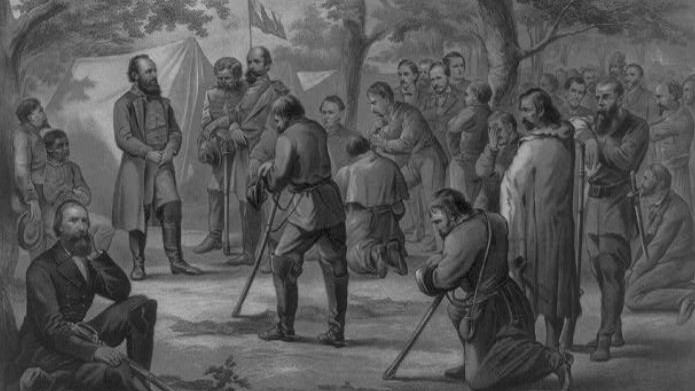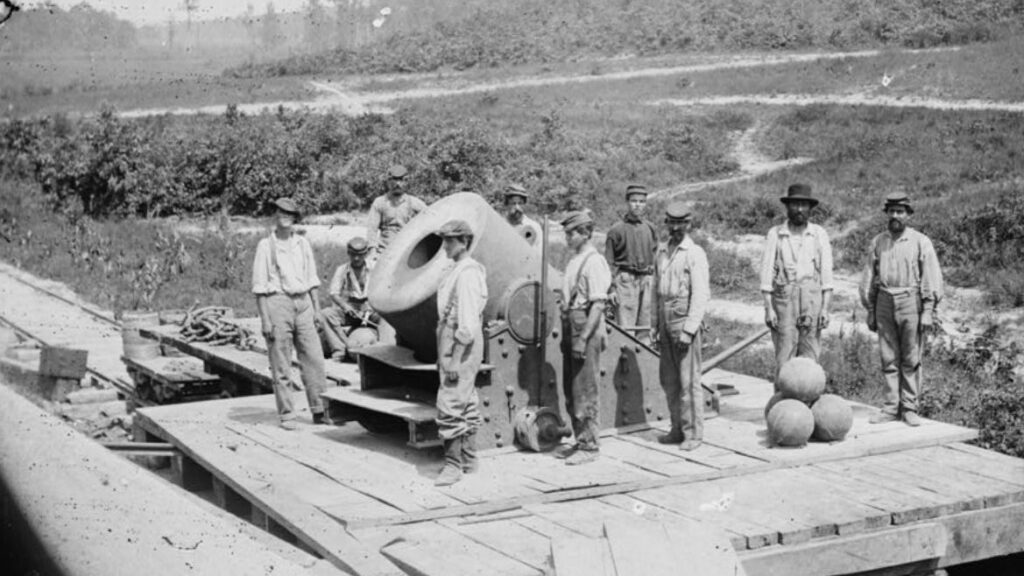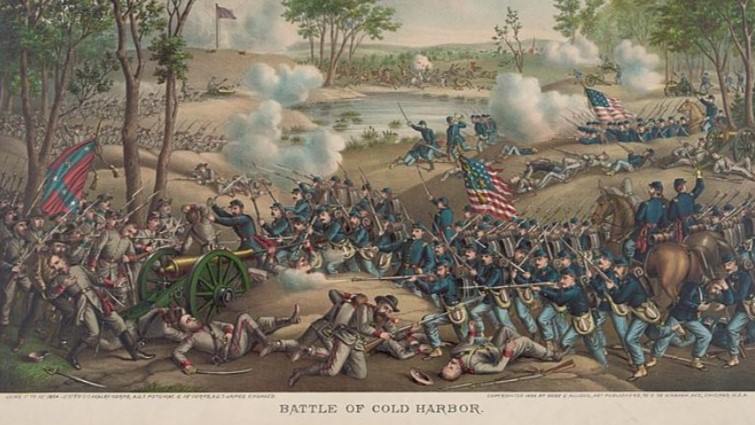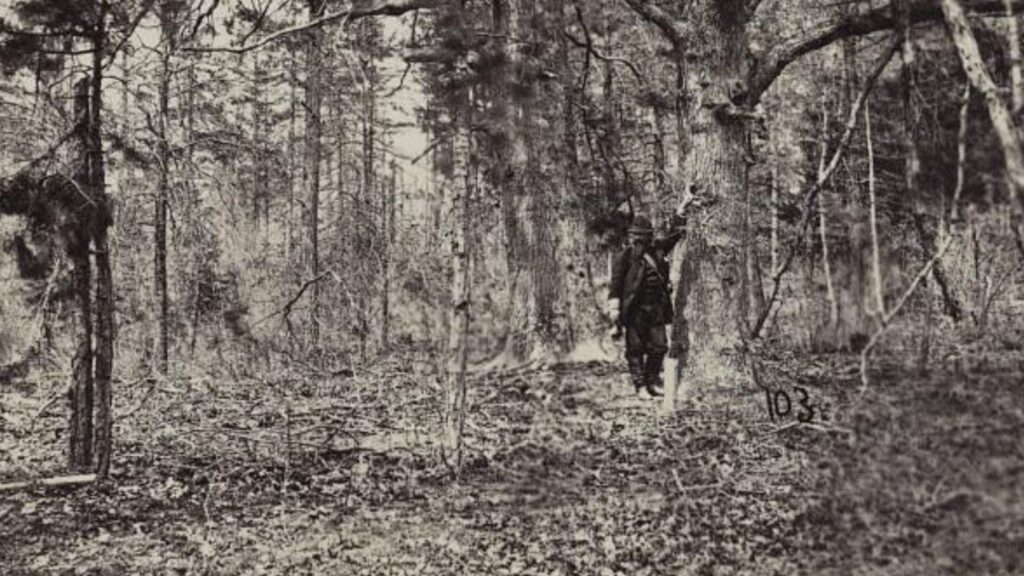The American Civil War was a brutal conflict that tore the nation apart. But by the time World War 1 raged across Europe many decades later, were there Civil War veterans left to take up arms once more.
In this article, we delve into the surprising tales about Civil War veterans in World War 1 and the enduring legacy of these Civil War heroes.
1. Why Age Ruled Out Most Civil War Veterans in World War 1
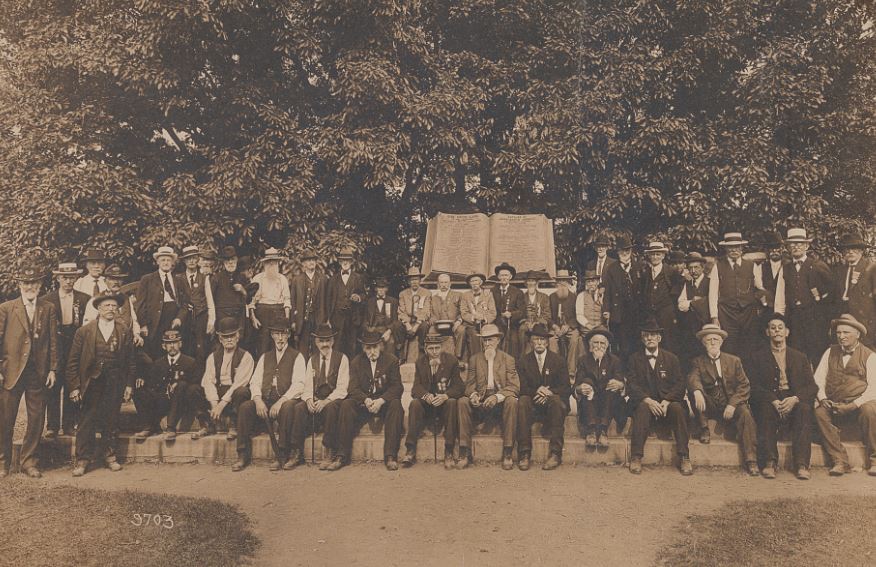
Age Ruled Out Most Civil War Veterans in World War 1
The conscription ages differed between the Union and the Confederacy during the Civil War:
- Union: The Enrollment Act of 1863 mandated registration for all males, citizens and immigrants intending to become citizens, between the ages of 20 and 45. [US Senate: The Civil War]
- Confederacy: The Confederate Conscription Acts passed between 1862 and 1864 had a wider range. Initially, it applied to white men from 18 to 35 years old. It was later extended to include men from 17 to 50. [Confederate Conscription Acts 1862–1864]
So now lets imagine a 17-year teenager strapping on a backpack and heading off to fight in the Civil War. Now fast forward a staggering 49 years. That brave young soldier would be staring down the barrel of 66 years old by the time World War 1 erupted in 1914 and 69 by the time the United States entered the war.
The average life expectancy in the late 19th century hovered around the mid-40s. By World War 1, with thanks to medical advancements, this had nudged closer to 50.
When the United States entered World War 1, the Selective Service Act of 1917 required registration for men between 21 and 30 years old. In August 1918, the act was amended to expand the age range to include all men from 18 to 45 years old.
Civil War veterans would have been too old to join the army. They were too old to answer the call for a new generation’s war.
However, as we will find out, there were two known examples of Civil War Veterans in World War 1, John W. Boucher and Peter Conover Hains.
2. John W. Boucher
John W. Boucher stands out as a unique figure among Canadian Civil War veterans, particularly for his audacious decision to lie about his age to actively participate in World War 1.
This bold move sets him apart from the majority of his counterparts, showcasing an extraordinary commitment to serving in multiple conflicts across different eras.
John W. Boucher & the Civil War
John was born in 1844 in Port Matland, Ontario in Canada.
He left Canada to embark on a military journey during the American Civil War. Despite initial rejections from the Union Army, at the age of 18, he eventually enlisted in Detroit with the 24th or 25th Michigan infantry.
He is believed to have served at the Battle of Nashville.
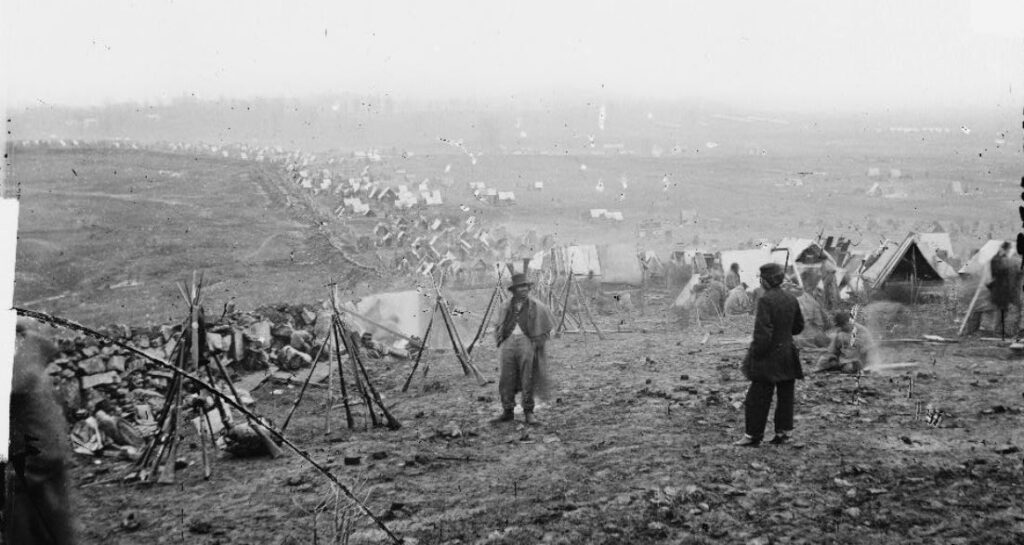
Post-Civil War, Boucher returned to Canada, worked various jobs, settled in Gananoque, Ontario, and became a well-known figure in fishing and guiding.
John W. Boucher & World War 1
In 1914, inspired by the war’s impact on Canada, Boucher, at 69, felt compelled to serve again as World War I broke out.
Despite age restrictions, Boucher persisted and, in 1917, joined the 257th Canadian Railway Battalion, faking his age as 48.
Assigned as a sapper, Boucher contributed to the war effort in France, focusing on building trench railways crucial for logistics.
After eight months, Boucher’s true age was discovered, leading to his dismissal on health grounds.
John’s dual military service is unprecedented, making him the sole Canadian to bridge the gap between the American Civil War and World War I.
His decision to deceive authorities and actively engage in a new conflict reflects an unparalleled determination and sense of duty.
3. Peter Conover Hains
Peter Conover Hains was an engineer and Major General in the United States Army and veteran of the American Civil War and Spanish–American War.
Peter Conover Hains was born in Philadelphia on July 6, 1840.
He would go on graduate from West Point in June 1861, ranking 19th in his class. His classmates included notable figures like Major Generals George Custer.
Peter Conover Hains and the Civil War
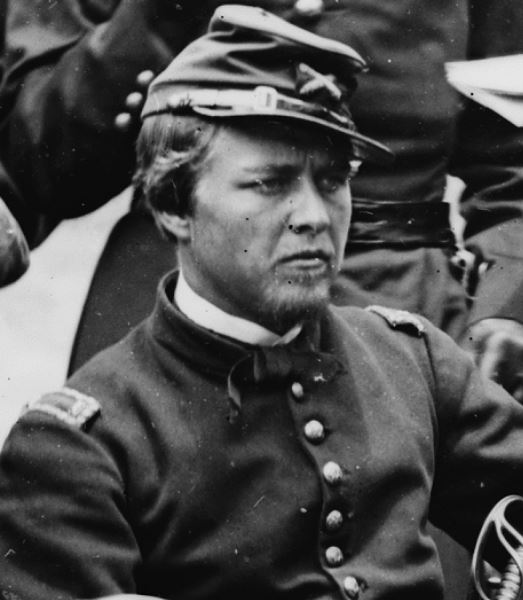
He was commissioned as a second lieutenant in the 2nd U.S. Artillery Regiment. And in 1861, Hains played an important role in the Battle of Bull Run, ordering the firing of the first artillery shot.
He would serve with the Corps of Topographical Engineers and later the Corps of Engineers. He would go to serve in Siege of Vicksburg.
Hains continued his military service after the Civil War. He was particularly involved in civil engineering projects.
Promoted to colonel in 1895, Hains played a crucial role in advocating for the Panama Canal over a Nicaraguan alternative. He retired in 1904 at the mandatory age of 64, leaving behind an impressive legacy in civil engineering.
Peter Conover Hains and World War 1
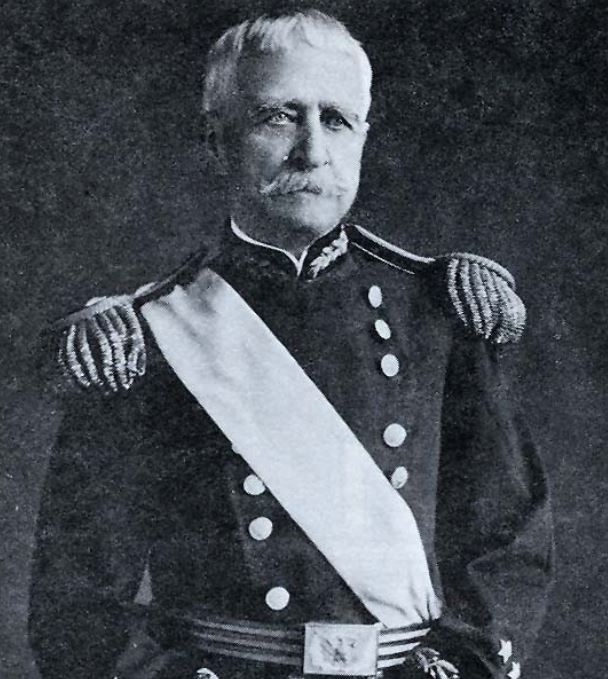
In 1916, in recognition of his distinguished career, Hains received a promotion to Major General on the retired list. He was then recalled to active duty at the age of 77 during World War 1.
Hains served as the chief engineer for the Norfolk Harbor and River District and later for the Eastern Division of the Corps of Engineers. His World War 1 role appeared to focused in the United States rather than in France, but all the same, he had an active position. He would leave active duty again in 1918.
4. The Veteran Legacy
The human desire to serve one’s country is a powerful motivator. Even at an older age, Veterans might have felt compelled to contribute to the war effort in any way they could.
The vast majority of Civil War veterans were simply too old to fight in World War 1. With the exception of the extraordinary cases like John W. Boucher and Peter Conover Hains, their service came decades earlier.
However, the legacy of the Civil War veterans lived on. They served as a source of inspiration for a new generation of soldiers, reminding them of the sacrifices made to preserve the Union.
Further Reading
If you enjoyed this article, you may be interested to read more about the American Civil War events, or perhaps read about World War 1. Read here for more general American history.

